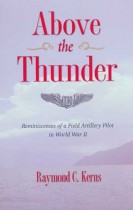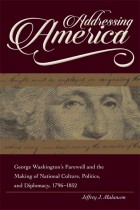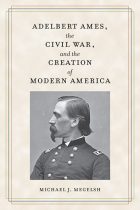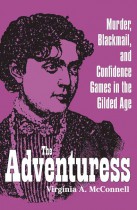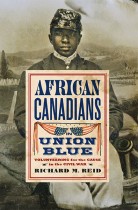“A Punishment on the Nation”
Brian Craig Miller | Filed under: Civil War Era, Civil War in the North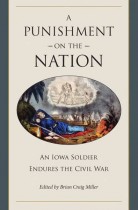
Private Silas W. Haven, a native New Englander transplanted to Iowa, enlisted in 1862 to fight in a war that he believed was God’s punishment for the sin of slavery. Only through the war’s purifying bloodshed, thought Haven, could the nation be redeemed and the Union saved. Marching off to war with the 27th Iowa Volunteer Infantry, Haven left behind his wife Jane and their three young children. Over the course of four years, he wrote her nearly two hundred letters, collected here for the first time.



